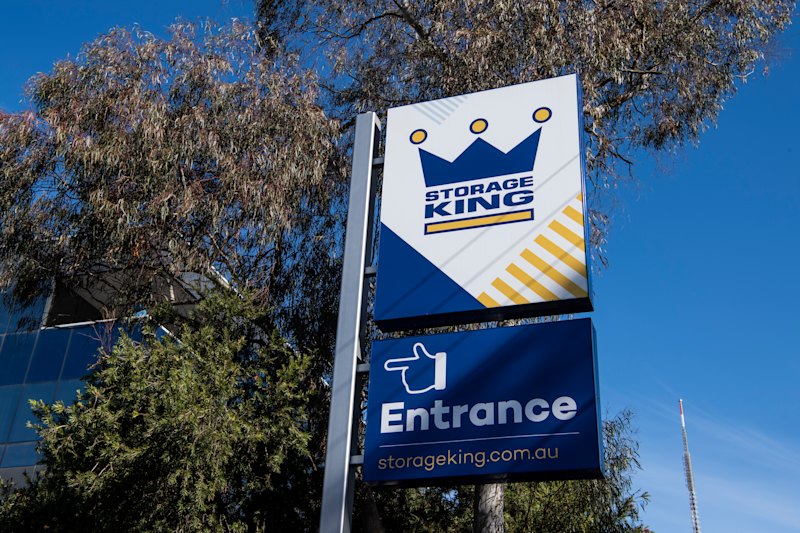Couple who found ancient gold coins under their kitchen floor are $1.3 million richer

A couple who found a jar of old gold coins under their kitchen floor are £754,000 ($1.3 million) richer after selling the surprise treasure trove at auction.
The homeowners in England were laying new flooring, ripping up the existing floorboards and jackhammering through the concrete beneath, when they struck a bounty – 260 ancient coins in a small urn.
The coins unearthed in the dirt below the East Yorkshire property were dated from 1610 to 1727 and belonged to a mercantile family, who traded through the Baltic region, according to the BBC.
Auctioneer Gregory Edmund told the BBC the sale sum was an “absolutely extraordinary” result.
He said the urn holding the coins was no larger than a lemonade can.
“Picture the scene – you’re choosing to re-lay your uneven kitchen floor, you put a pick-axe through the concrete and just beneath you see a tiny sliver of gold,” he said.
“At the time, you think it must just be a bit of electrical cable, but you find it’s a gold round disc and beneath it there are hundreds more.
“I will never see an auction like this again.”
The hoard was one of the largest collection of 18th century gold coins ever found in the UK, auction house Spink & Son said.
The couple made the discovery in 2019 but only just sent the coins to auction.
Despite the sale price, the coins only represent about $100,000 in today’s currency, but their rarity is what collectors paid a premium for.
Originally valued at £200,000 to £250,000 ($301,000 to $377,000), the global attention and media coverage sent the price rocketing under the hammer.
The coins were sold in lots. The highest individual price of £62,400 ($108,000) was paid for a 1720 coin that was described by the auction house as “imperfect”.
The identity of the British couple who found the coins under their floor, and are now millionaires, has not been disclosed.
The coins narrowed missed being officially classified as treasure under the UK’s 1996 Treasure Act.
According to the law, two or more gold coins which are 300 years or older would qualify as “an archaeological hoard”.
We recommend
States
Capital Cities
Capital Cities - Rentals
Popular Areas
Allhomes
More
/http%3A%2F%2Fprod.static9.net.au%2Ffs%2Ff7116ace-6f63-4f2b-8c3c-59d70aa43fbf)
/http%3A%2F%2Fprod.static9.net.au%2Ffs%2Fef101f44-d339-4234-9808-ee10a8e23271)
/http%3A%2F%2Fprod.static9.net.au%2Ffs%2Fdd091369-932e-4621-ab93-6cb803a73430)







